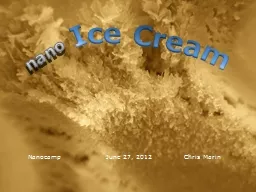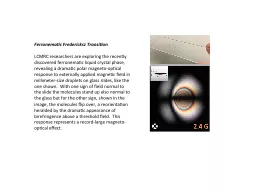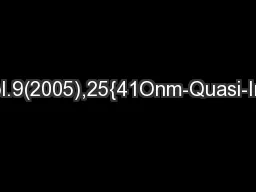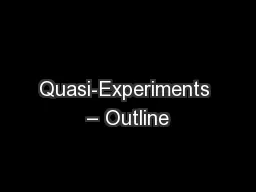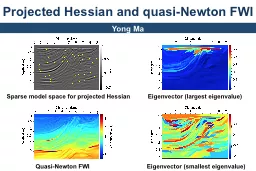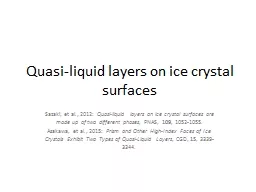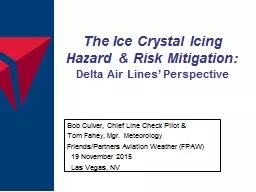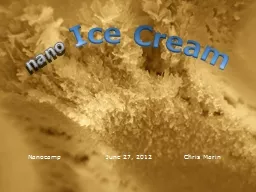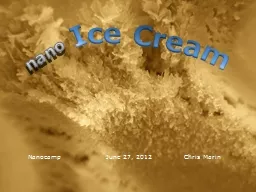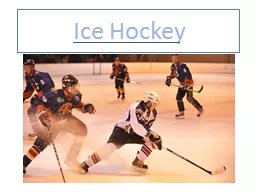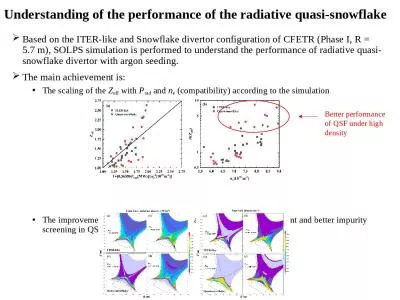PPT-Quasi-liquid layers on ice crystal surfaces
Author : tatyana-admore | Published Date : 2017-05-28
Sazaki et al 2012 Quasiliquid layers on ice crystal surfaces are made up of two different phases PNAS 109 10521055 Asakawa et al 2015 Prism and Other HighIndex
Presentation Embed Code
Download Presentation
Download Presentation The PPT/PDF document "Quasi-liquid layers on ice crystal surfa..." is the property of its rightful owner. Permission is granted to download and print the materials on this website for personal, non-commercial use only, and to display it on your personal computer provided you do not modify the materials and that you retain all copyright notices contained in the materials. By downloading content from our website, you accept the terms of this agreement.
Quasi-liquid layers on ice crystal surfaces: Transcript
Download Rules Of Document
"Quasi-liquid layers on ice crystal surfaces"The content belongs to its owner. You may download and print it for personal use, without modification, and keep all copyright notices. By downloading, you agree to these terms.
Related Documents


